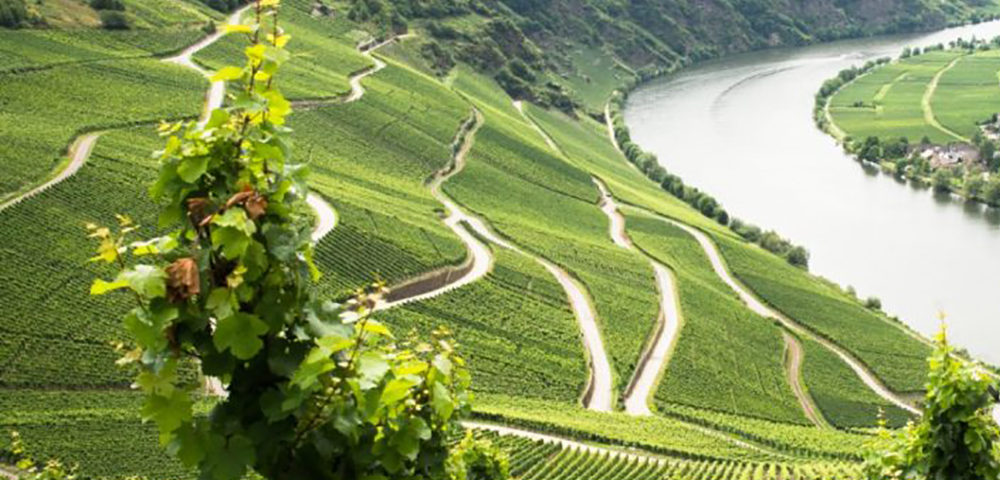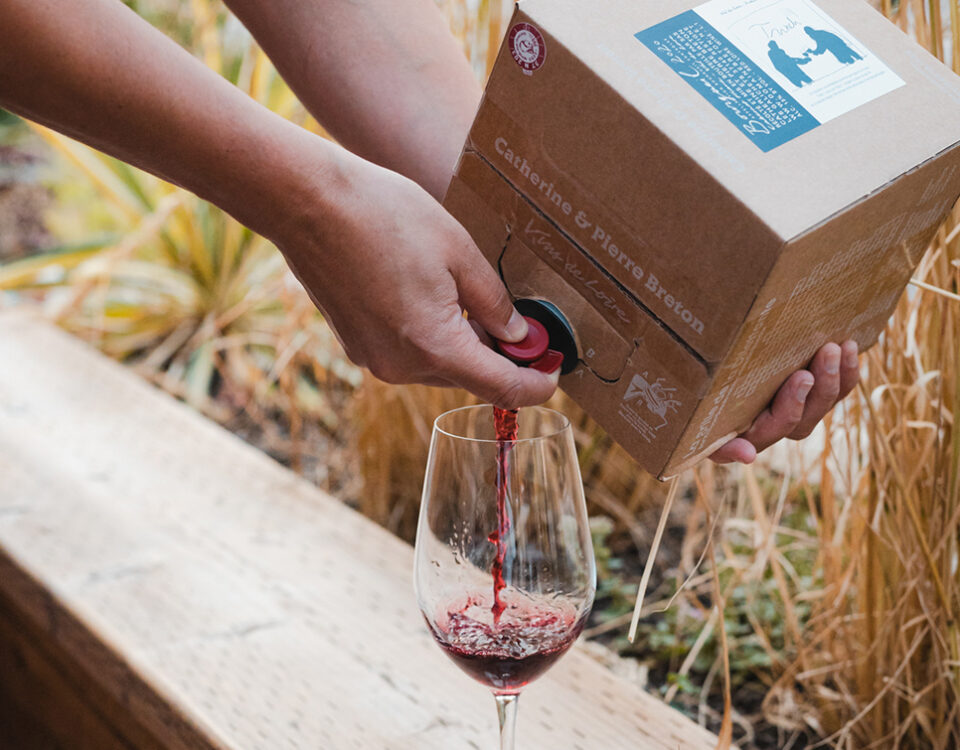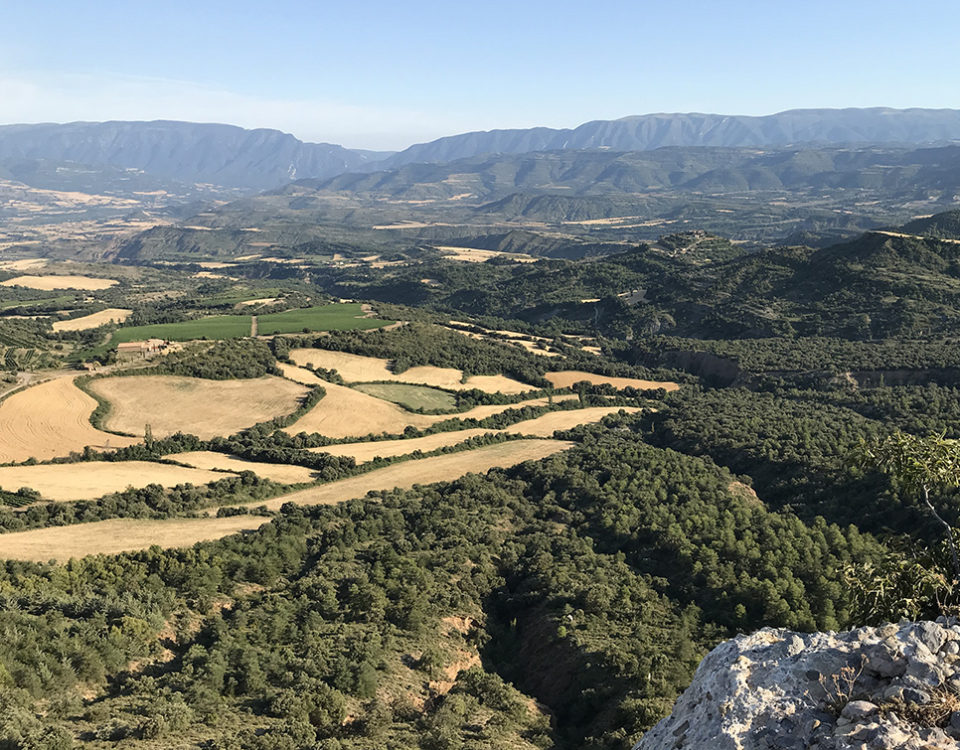The Classics of Tomorrow

Franz-Weninger
Many wine regions are trying to adapt to their new reality, with record high temperatures, droughts and consecutive atypical growing seasons. Producers are forced to acclimate to these changing conditions by adjusting their canopy management, searching for cooler sites or rethinking the suitability of traditional varieties to their region. One thing is certain, it is rapidly changing the landscape and taste of some of the most historic wines around the globe.
This shift is very apparent in marginal climate wine producing countries like Germany, where northern boundaries are constantly being pushed up and where the higher temperatures have allowed for a number of new possibilities that were unthinkable only a few years ago.
Even though the definition of classic wines may slowly be changing, Germany has benefited from the warmer conditions with more reliable ripening for their iconic Rieslings as well as becoming synonymous with premium, cool climate Pinot Noir.
Here are two fantastic examples of the new German classic; Spätburgunder.

Weingut Rudolf Fürst, ‘Klingenberger’ Spätburgunder 2018, Franken, Germany
This wine showcases the elegant side of cool-climate Pinot Noirs; even in a warmer vintage like 2018. Subtle notes of tobacco leaves, clove, violets and fresh strawberries on the nose with great minerality and spice on the palate. Silky and focused, this wine is built to age and will reward those who wait.

Weingut Thörle, Spätburgunder 2018, Rheinhessen, Germany
A bright and fresh Pinot Noir bursting with ripe raspberries, Rainier cherries and a touch of sappiness on the nose. The lighter palate carries that juicy red fruit intensity, balanced with a lovely gamey savouriness. This biodynamically-farmed Pinot Noir is of incredible value and is the perfect summer red with a little chill on it.



